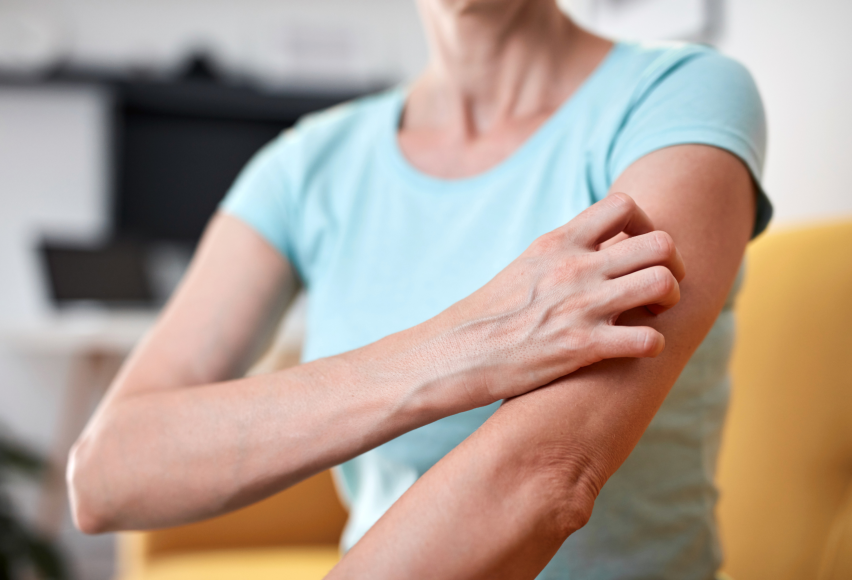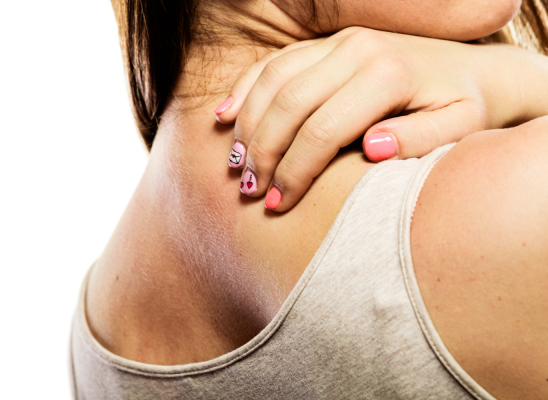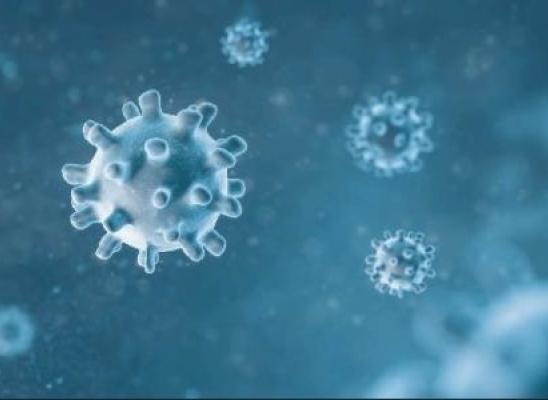Skin Picking Significantly Different from Self-Harm

Online test
Find out the severity of your symptoms with this free online test
People who struggle with body-focused repetitive behaviors (BRFBs) like skin picking are often misdiagnosed with non-suicidal self-injury (NSSI). Despite being two completely different categories in the DSM, many clinicians confuse the two because they do not know how to properly distinguish between the two.
People who pick at their skin cause intentional damage, which looks as if a person is harming his or herself. NSSI is a form of self-harm where someone purposefully causes themselves injury and pain. But that is where the similarities end.
Research highlights the differences
Recent research examined the clinical differences in over 1,500 participants. The results indicate that people who engage in NSSI do so more often for a social-affective purpose like getting attention or to get out of doing something. They were also more likely to harm themselves to satisfy an emotional need, to regulate tension, or to experience pain. Furthermore, people who engage in NSSI report that hurting themselves either relieves emotional distress or helps them feel pain in contrast to their emotionally numbed state.
Approximately 18% of adolescents engage in some form of NSSI, with cutting the most prevalent (70%). According to Psychiatry Advisor, risk factors for NSSI include:
- High levels of negative thoughts and feelings
- Inability to communicate
- Lack of problem-solving skills
- History of childhood abuse or maltreatment
- Dysfunctional stress response
- Inability to regulate emotions
- A need for self-punishment
- Modeling behaviors they see in others
Returning to the research, the people who participated in the study who had BFRBs were more likely to engage in their behaviors automatically without conscious awareness, often recognized as automatic picking. Additional reasons for engaging in BFRB included reducing boredom or fixing appearance.
Co-occurring disorders are also common with both NSSI and BFRBs. However, this study found that participants with NSSI scored significantly higher on measures of stress, anxiety, depression, and harm avoidance.
The takeaway is that there are significant differences between self-harm and skin picking.
What to do
If you are someone who struggles with skin picking but received a diagnosis of NSSI or someone told you to stop harming yourself, the treatment interventions will likely not help at all. The treatment protocols for NSSI and BFRBs are very different, so if you feel stagnant in therapy, ask your therapist about your diagnosis.
If you are a therapist or mental health clinician, undergo continuing education and training about BFRBs to make sure you have access to the correct assessment and treatment tools. Learn the distinctions because it will mean the difference between guiding someone through treatment that works versus stagnation.
Online test
Find out the severity of your symptoms with this free online test
Start your journey with SkinPick
Take control of your life and find freedom from skin picking through professional therapy and evidence-based behavioral techniques.
Start Now



